Photo

BUSLUGAN FALLS in Barangay Dalije is surrounded by virgin forest. Its inviting pond creates a playful ambience irresistible for visitors. BANOGON FALLS in Barangay Dalije is a cascade that resembles a smooth white hair falling gracefully. The word “banogon” may have come from the fact that the surrounding forest is home to “banog” birds belonging to the eagle family. BUSLOGAN FALLS in Barangay Tigmarabo is very popular during rainy season as its current is so tough that produces a thundering sound that can be heard even from afar. The name comes from the local word “buslog” which means strong current. Other falls found in the area include IRIK-IKAN and PARIGUSAN DIWATA.
0 notes
Photo
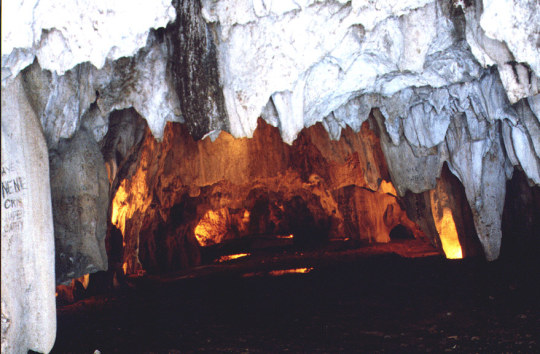
SINUHUTAN CAVE In Barangay Onop is a 3-hour mountainous trek. The cave’s name coming from the Hiligaynon term “suhut” or “to walk below,” speaks for itself when entering the site. Tourists can access the cave by passing through its three entrances that leads to three prominent chambers such as the “Jacosi Tab” where a certain species of shrimp is found; the “Female Genital”; and “The Plaza or The Cathedral.” It is said that during the Japanese occupation, the cave became a fortress for the locals living in the area.
0 notes
Photo
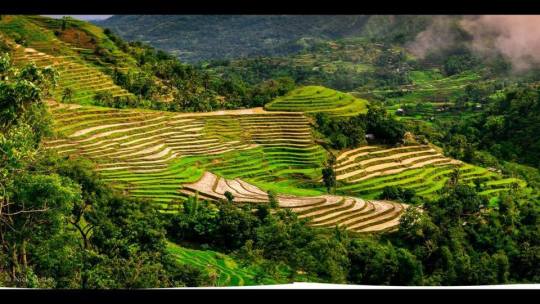
Miagao Rice Terraces - in Barangay Cabalaunan is another attraction that will surely overwhelm sightseers. Its panoramic terraces over its 500-hectare rice fields were carved in perpendicular of the mountain barangay with minimal equipment. Its mud walls beautifully contouring the slopes protects pond fields that are maintained through an elaborate irrigation scheme.
0 notes
Photo
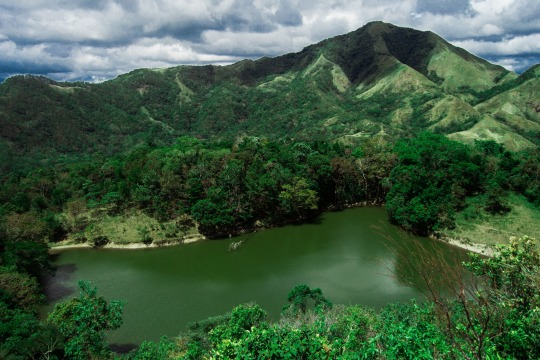
Tinagong Dagat - We are on the track to discover this mysterious lake in the woods of Miag-ao. Danao sa Miag-ao known to the locals as Tinagong Dagat (hidden sea in literal English) is a hidden lake situated in the forested area of Barangay Ongyod elevated approximately 3,000 feet above sea level. Getting there will sweat you out for some hiking to see this mysterious lake which is said to be ten times bigger than an ordinary swimming pool.
0 notes
Text
History of Miagao
Miagao - officially the Municipality of Miagao, is a 1st class municipality in the province of Iloilo, Philippines. According to the 2020 census, it has a population of 68,115 people. Miagao is considered as the "Onion Capital of the Visayas".
Miagao was derived from the name of a wild plant called “MIAGAOS” that grew abundantly in the place when the Spaniards first came here.
0 notes
Photo
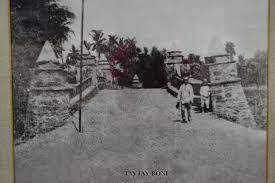

Taytay Boni, is a stone bridge built in 1854. Taytay Boni lies just off the Miagao – Guimbal road on the junction to Bgy.Guibongan. It took its name from the Illongo word, Taytay, meaning bridge and Boni taken from the name of its Spanish construction foreman Bonifacio Neular. Taytay Boni was built using large yellow coral stone slabs called tablea , which came from the mountains of Igbaras. They were transported the 6 km there using filipino forced labour on bamboo sleds pulled by carabao. The blocks were held together using lime. It is a small narrow bridge and originally only meant to be used by horse drawn carriages. The bridge was still passable before and after the Second World War and was partly damaged during an earthquake in 1948. The creek it crossed has disappeared since then.
0 notes
Photo



Suman, ibos and bayi-bayi are one of these delicious native delicacies found here in Miagao. They do belong to the same family because they are all made using sticky rice. In my hometown, suman is biko, and ibos or suman sa ibos is simply suman. Bayi-bayi is new for me and this is the first time I tasted this kind of rice cake. We, in Leyte, may have some of the delicacies in this town, but there are still foods which can be considered as Miagao’s native.
0 notes
Photo
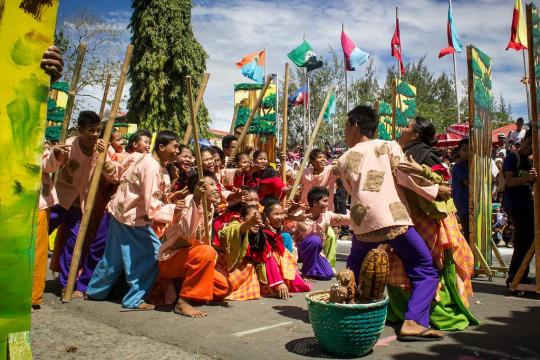
Salakayan Festival - The festival, which brings to life those turbulent days, is an annual commemoration of the historic battle that happened on May 7, 1754, and interpreted as the central theme of their annual dance-drama competition.
0 notes
Photo

Miagao Church - The Miagao Church also known as the Santo Tomás de Villanueva Parish Church is a Roman Catholic church located in Miagao, Iloilo, Philippines. The façade of Miagao church consists of an ornately decorated bas-relief in the middle of two huge watchtower belfries on each side. The bas-relief is a mixed influence of Medieval Spanish, Chinese, Muslim and local traditions and elements, a unique characteristic of the church façade.
1 note
·
View note